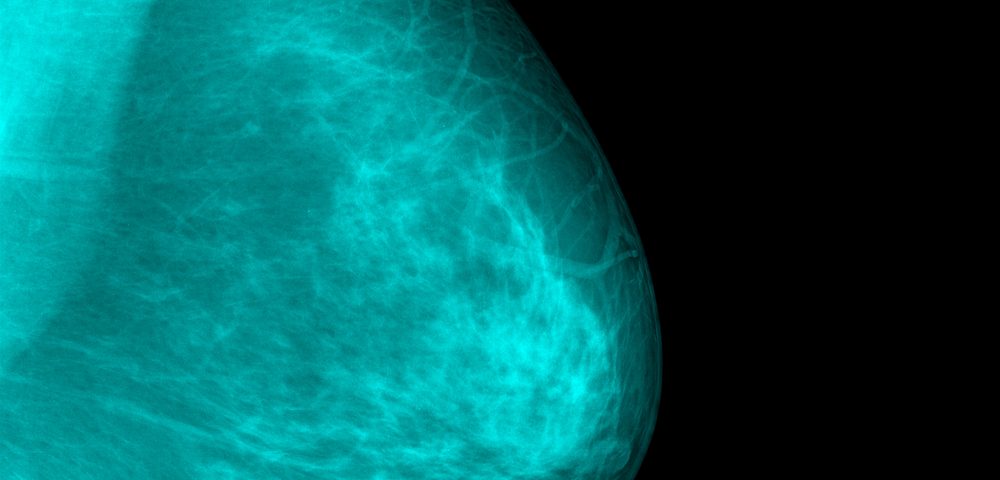The ability of a gel containing a tamoxifen-byproduct to reduce breast density — associated with an increased risk of breast cancer — is now being evaluated in a recruiting Phase 3 clinical trial.
Approximately half of women in the U.S. have dense breast tissue, which has been shown to have two major health implications.
First, several studies have reported that women with dense breast tissue have a four- to six-fold increased risk of developing breast cancer, compared to women with less-dense breasts. Only age and mutations in BRCA genes have a bigger influence on breast cancer risk.
Second, higher breast density decreases the effectiveness of cancer detection through mammography — the standard method for breast cancer detection. Dense breast tissue can mask a tumor’s presence on a mammogram.
The fact that radiologists may be less confident in judging a mammography of dense breast tissue can also lead to more false-positive diagnoses. This unnecessarily exposes patients to invasive procedures, greater stress, and higher healthcare costs.
Identifying the causes of dense breast tissue and ways to possibly reduce breast density is of particular interest.
Higher breast density has been associated with high levels of estrogen. Tamoxifen — an oral cancer therapy commonly used to treat and prevent some types of breast cancer by reducing estrogen levels — was shown to effectively lessen breast density.
However, oral tamoxifen affects estrogen levels throughout the body and as such can induce side effects that include uterine cancer, vaginal bleeding, and blood clot formation.
A Phase 3 study (NCT03199963) developed by BHR Pharma is evaluating the local application of a gel (BHR-700) containing a byproduct of tamoxifen (4-OHT) as a means of reducing breast density with fewer side effects, as it is applied at lower doses directly to the breast.
The randomized, double-blind, multicenter, and placebo-controlled study, also known as 4WARD, aims to enroll 330 women (ages 35–75 years) with dense breast tissue as assessed through mammography and no previous history of cancer.
Participants will be randomized to apply either 8 mg/day (4 mg per breast) of BHR-700 or a placebo gel each day for up to one year. The clear, odorless gel is meant to be applied directly to the breast after bathing, incorporating the product into the participants’ daily skincare routine.
The study’s primary goal is a reduction in dense breast tissue, which will be measured through a mammography after one year of treatment. Several clinical visits will be required to assess the frequency and severity of any adverse events.
Currently, 16 sites in the U.S. and Europe are actively recruiting patients; additional test sites are likely. More information can be found here.
At the end of the 4WARD study, participants will have the option of continuing or starting treatment for an additional year in an open-label study.
“To help women with dense breast tissue fight cancer, we need a deeper understanding about the nature of breast density as well as imaging techniques that can easily detect tumors more easily,” Pulin Sheth, MD, the trial’s principal investigator at USC Norris, one of the recruiting sites, said in a press release.
“We are excited to assess a clinical innovation that could potentially fulfill both of those needs through a simple daily topical application,” Sheth added.

